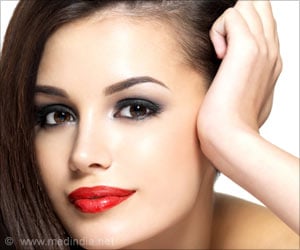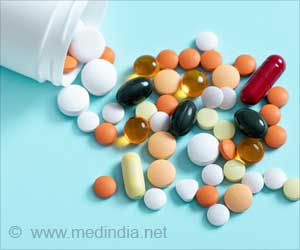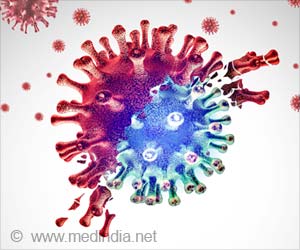COVID-19 and conjunctivitis (pink eye) in infants: The sudden rise in COVID-19 cases in India has put infants at a higher risk of developing eye problems like conjunctivitis.

‘Conjunctivitis, a common eye problem also known as pink eye, is recently found to be a predominant symptom of COVID-19 infection in young infants.’
Read More..




The study, led by Vipin M. Vashishtha, member of WHO's Vaccine Safety Net, is based on 25 children seen in OPD of a pediatric hospital in Uttar Pradesh between April 4-16. Read More..
"Our preliminary findings show a higher involvement of young infants than older children and mild respiratory illness predominates other presentations," Vashishtha, who is also a consultant pediatrician at the Mangla Hospital and Research Centre in Bijnor, UP, wrote in the study.
Is Conjunctivitis a New Symptom of COVID-19?
"One interesting finding was the presence of itchy, non-purulent conjunctivitis with mucoid discharge and stickiness of eyelids in 42.8 percent of positive infants," he added.Importantly, none of the children required hospitalization. All recovered with symptomatic treatment, he said, in the paper published on preprint site Medrxiv.
Describing the cases on Twitter, Vashishtha said that the current COVID outbreak is causing a mild febrile illness lasting only 1-3 days.
COVID-19 Cases Among Infants and Children on the Rise
He noted that respiratory symptoms are predominating in young infants, and the youngest case was a 13-day old newborn baby."Young infants are disproportionately more affected than older children. The youngest infant was a 13-day old neonate," he wrote on Twitter.
Advertisement
Source-IANS















